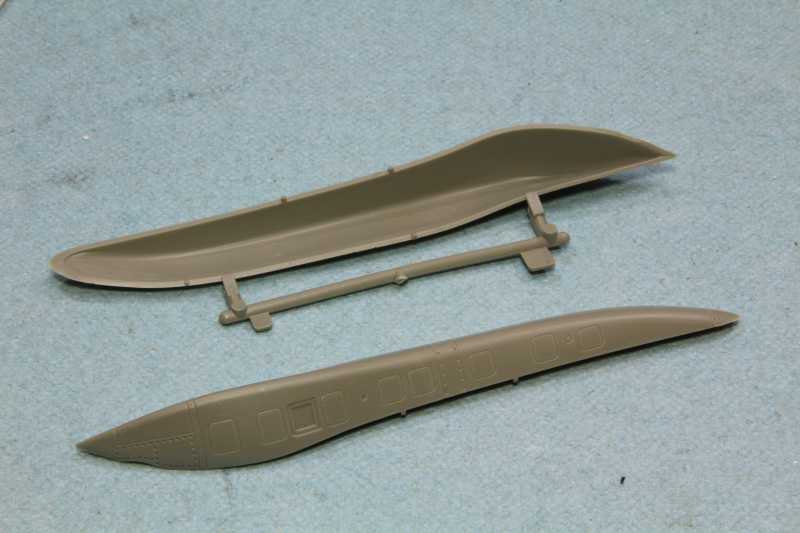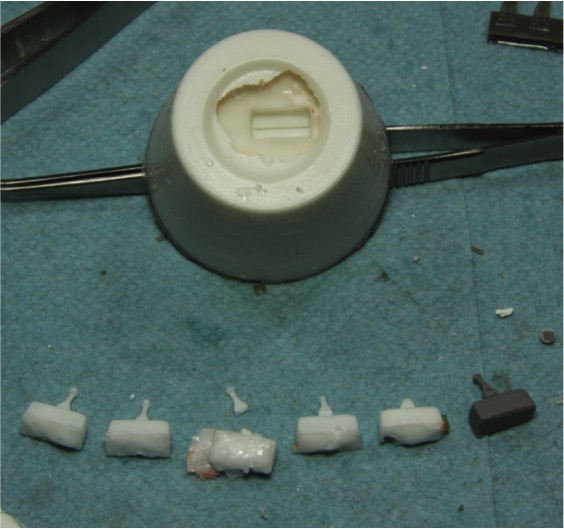Skinny_Mike
Well-known member
Hi guys - I had a quick question concerning molding resin copies of kit parts.
Before anyone gets all up in arms - I'm not planning to sell copies of someone else's work!
What I am looking to do is make a copy of a part in a kit I currently have and then I am going to modify said piece and use it on another build. I've never made resin parts before and I am just wondering if the master part is still usable after making the mold? I just don't want to buy a second kit at $50+ just for a part to use as a master that is then too gummed up to reuse.
Hopefully that makes some sense.
Thanks for the help
Mike
Before anyone gets all up in arms - I'm not planning to sell copies of someone else's work!

What I am looking to do is make a copy of a part in a kit I currently have and then I am going to modify said piece and use it on another build. I've never made resin parts before and I am just wondering if the master part is still usable after making the mold? I just don't want to buy a second kit at $50+ just for a part to use as a master that is then too gummed up to reuse.
Hopefully that makes some sense.
Thanks for the help
Mike









